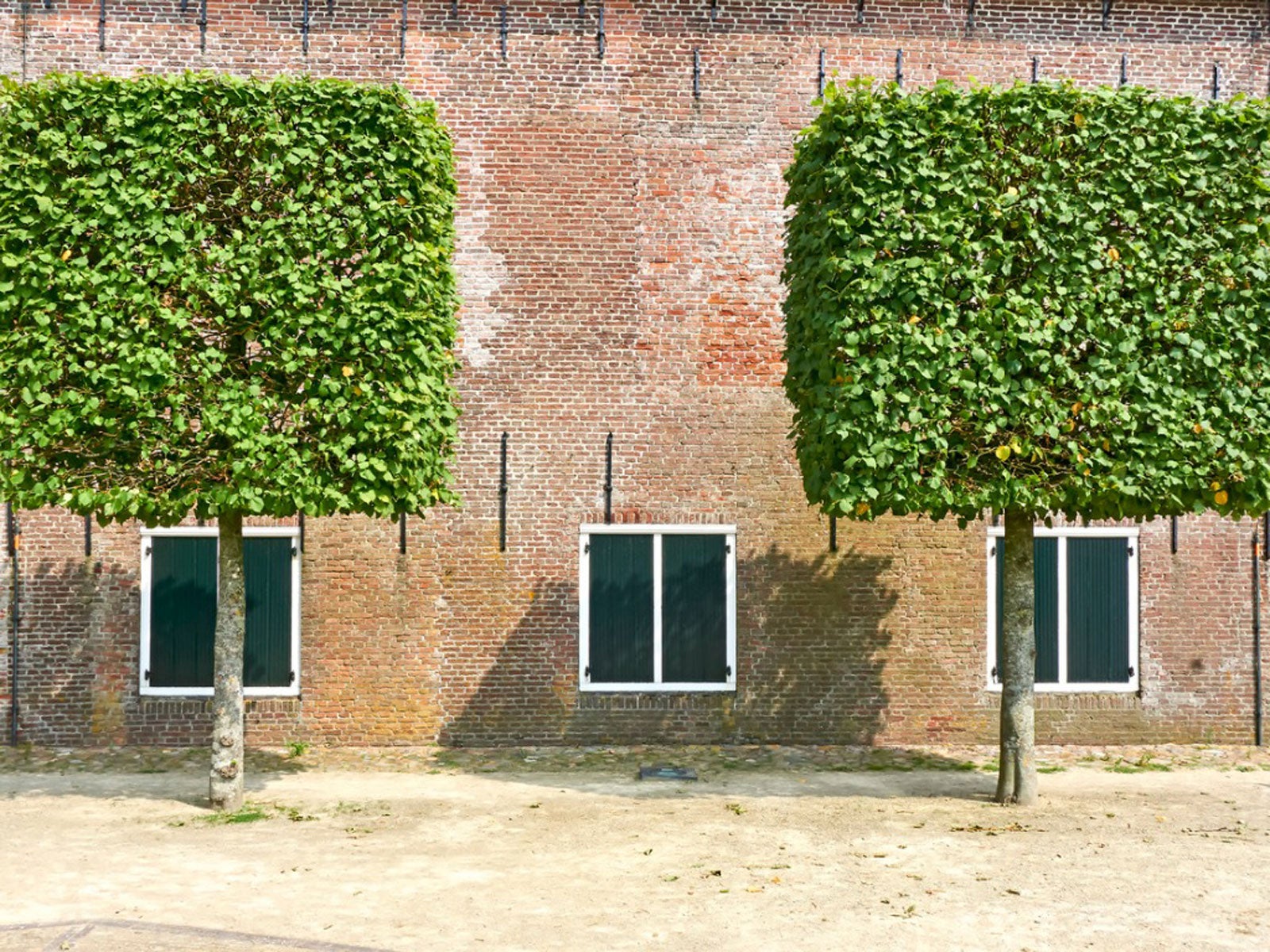Symmetry In Landscaping – Learn About Balanced Plant Placement


Symmetrical landscaping creates a finished, professional appearance by creating an identical mirror image on each side of any centerline such as a door, window, gate, or even an imaginary center line.
Do you think you might want to try symmetrical plant placement in your yard? Read on and learn more about balanced plant placement and creating plant symmetry.
Tips on Symmetrical Plant Placement
Symmetry in landscaping can be tricky because flower beds, window boxes, hanging baskets, containers, trees, shrubs, or other elements on each side of the centerline must be identical. Maintaining balance requires careful maintenance, including faithful pruning to maintain the mirror image.
Symmetrical landscaping isn’t the best choice in every situation, and it may not work if you’re a more casual gardener. However, a perfectly symmetrical landscape can be impressive for a traditionally designed home or one with a more formal appearance.
Balanced Plant Placement in Asymmetrical Landscaping
If your home is more informal or you’re looking for a relaxed, casual appearance, asymmetrical landscaping may be just the thing. It’s easier to create a balanced, asymmetrical look when plants on each side of the centerline are relatively similar, but not exactly the same.
An asymmetrical landscape is basically just a matter of balancing each side. For instance, you could put a single large plant on one side of the centerline and two or three smaller plants on the other side-- as long as the sides look balanced, and the combined size is relatively similar on each side.
Consider color also. A dark green shrub will appear heavier, or denser, than a pale green or bluish shrub. Similarly, a plant with a dense growth habit will look heavier than a plant with a loose, lacy, or open appearance.
Gardening tips, videos, info and more delivered right to your inbox!
Sign up for the Gardening Know How newsletter today and receive a free copy of our e-book "How to Grow Delicious Tomatoes".
When it comes to balanced plant placement in an asymmetrical landscape, don’t overthink it. Usually, you’ll intuitively sense that something doesn’t look quite right, and a little experimentation will set things straight.

A Credentialed Garden Writer, Mary H. Dyer was with Gardening Know How in the very beginning, publishing articles as early as 2007.